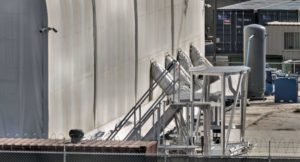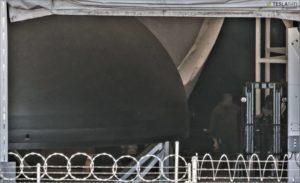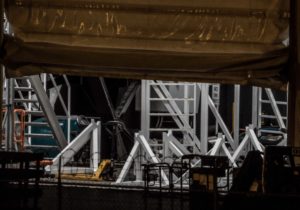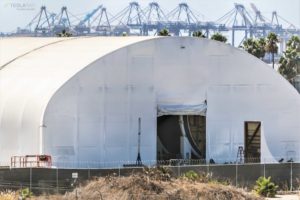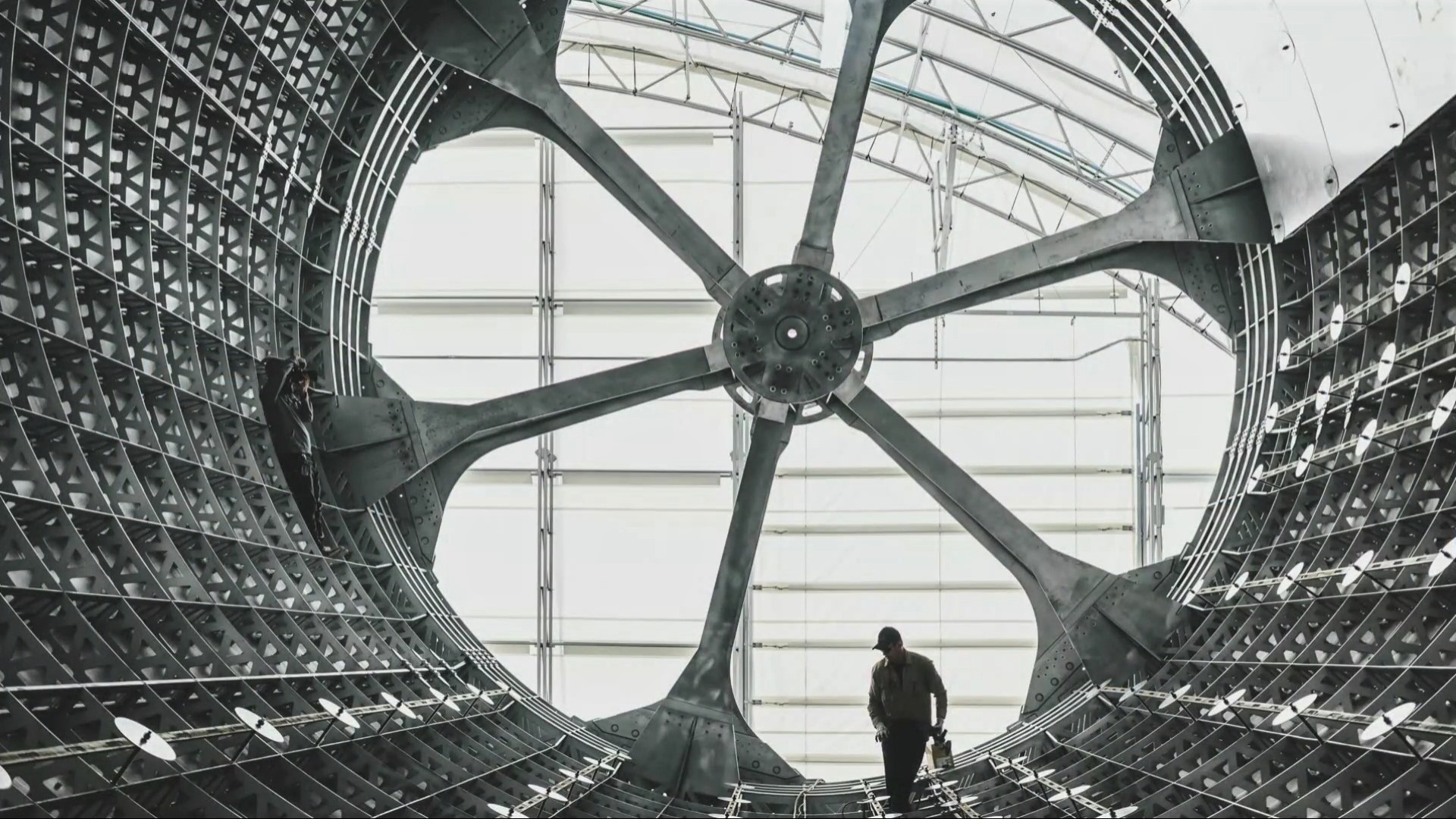
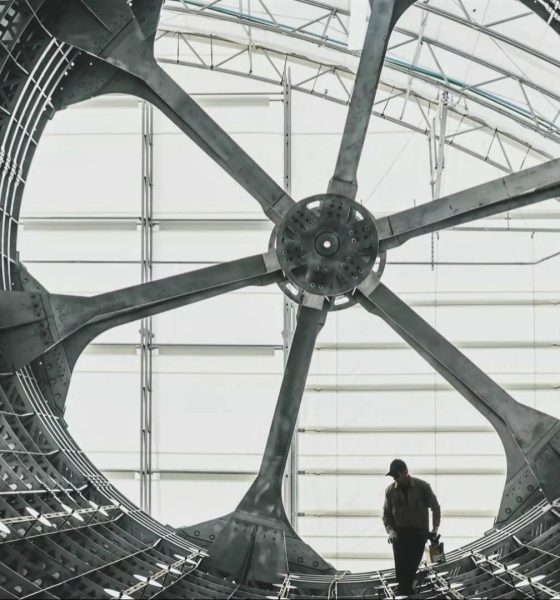
News
SpaceX CEO Elon Musk teases Mars breakthroughs as Starship design radically changes
During an interview with Axios, SpaceX CEO Elon Musk noted that he was “[really fired up about] a number of breakthroughs [SpaceX had recently made]” while being asked about his thoughts on the likelihood of him personally going to Mars (“70%”).
The minute-long teaser did not go much deeper but it certainly raises a number of questions (and hints at explanations) for a rapid-fire series of contradictory developments and changes to SpaceX’s BFR – since renamed to “Starship” and “Super Heavy” – per a series of tweets from Musk over the last two weeks.
In a typical Muskian fashion, when Axios interviewers asked, “What is the likelihood that you personally will go to Mars?”, the CEO responded with an exact percentage – 70% – without skipping a beat. Musk also fervently and rather eloquently refuted the popular and harebrained idea that any SpaceX-enabled Mars colony would simply become “an escape hatch for the rich”. If the rich wanted Mars or lunar bases as “escape hatches”, there are dozens of multibillionaires that could singlehandedly fund Musk’s estimated $2-10B price tag for the completion of the entire BFR development program while still retaining 50-90% of their net worth.
Musk’s retort is worth reading in full.
Mike Allen: “[Mars] could be an escape hatch for rich people.”
Elon Musk: “No! Your probability of dying on Mars is much higher than earth. Really the ad for going to Mars would be like Shackleton’s ad for going to the Antarctic. It’s gonna be hard. There’s a good chance of death, going in a little can through deep space. You might land successfully. Once you land successfully, you’ll be working nonstop to build the base. So, you know, not much time for leisure, and once you get there, even after doing all this, it’s a very harsh environment, so there’s a good chance you die there. We think you can come back but we’re not sure. Now, does that sound like an escape hatch for rich people?”
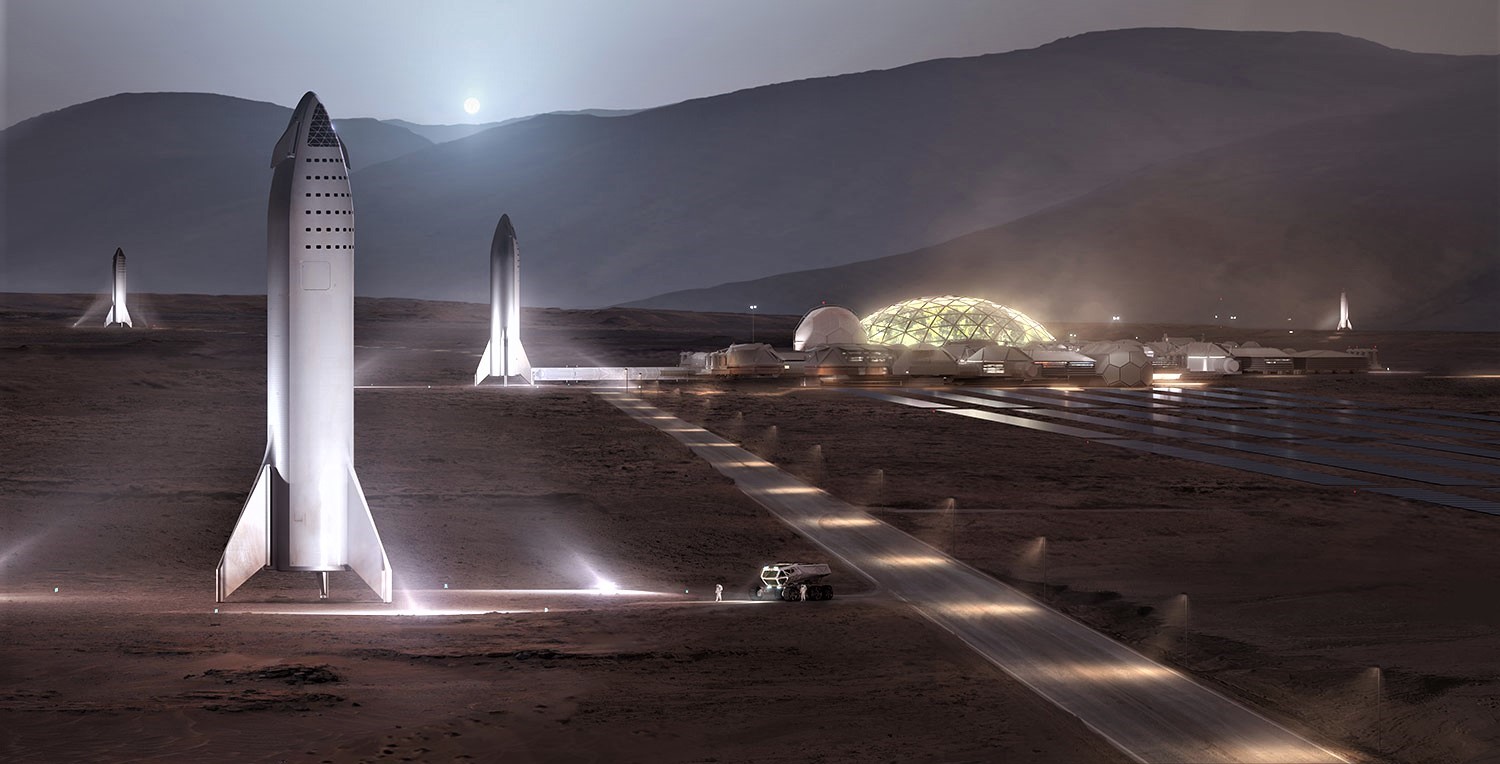
Back to BFR
While thoroughly entertaining, the most interesting aspect of this one-minute teaser was the approximate two seconds where Musk suggested that SpaceX had recently made several major breakthroughs in the context of BFR and Mars. What exactly those breakthroughs could be is entirely unclear, but the fact that Musk seemed positive about the recent developments and spoke of “breakthroughs” at all feels like an encouraging sign that the last two weeks of Musk’s chaotic announcements, updates, and abrupt cancellations are less indicative of program instability than they initially seemed to be.
Most notably, Musk appeared to announce and then completely cancel a sort of mini-spaceship that SpaceX was to base off of Falcon 9’s upper stage as a BFR spaceship technology demonstrator in less than two weeks. If realized, that mini-BFS would have reentered Earth’s atmosphere at orbital velocities to flight-test hypersonic fins and a new “ultra light” heat shield that will be (or would have been) critical for the overall success of BFS/Starship.
Contour remains approx same, but fundamental materials change to airframe, tanks & heatshield
— Elon Musk (@elonmusk) November 25, 2018
Ironically, in the middle of writing this article, Musk tweeted specifically about “fundamental” changes to the spaceship, leaving little more than the general appearance and propulsion systems unchanged. In essence, the design of BFS/Starship is now almost unrecognizable when compared with past iterations, at least from a perspective of the ship’s most critical systems.If Starship will not be built out of composites, then it’s possible that the multiple years SpaceX engineers and technicians have spent trying to develop large carbon composite propellant tanks (2016-present) and the time, energy, and capital put into those efforts will be almost entirely for naught if BFR pivots away from composite tanks.
- A tall platform was moved inside the tent around November 10th, likely to support the integration of the tank dome and barrel section. (Pauline Acalin)
- The dome was spied inside the tent on November 12. (Pauline Acalin)
- SpaceX’s BFR tent is filled with custom hardware that is predominately useful only for building large composite rocket parts. (Pauline Acalin)
- SpaceX’s huge Port of LA-based BFR tent, September 18th. (Pauline Acalin)
By all appearances, dozens of employees have spent the last year accepting delivery of $10-50M worth of custom-built composite tooling, setting it up, and building giant composite tank domes and segments. If composite tanks are no longer planned for the booster or spaceship, all that work may have been for nothing. Needless to say, we could certainly do for Musk’s proposed Reddit AMA – if not an entirely new BFR update event – to shed some light on the machinations behind these earthshaking programmatic changes.

Elon Musk
Elon Musk’s X will start using a Tesla-like software update strategy
The initiative seems designed to accelerate updates to the social media platform, while maintaining maximum transparency.

Elon Musk’s social media platform X will adopt a Tesla-esque approach to software updates for its algorithm.
The initiative seems designed to accelerate updates to the social media platform, while maintaining maximum transparency.
X’s updates to its updates
As per Musk in a post on X, the social media company will be making a new algorithm to determine what organic and advertising posts are recommended to users. These updates would then be repeated every four weeks.
“We will make the new 𝕏 algorithm, including all code used to determine what organic and advertising posts are recommended to users, open source in 7 days. This will be repeated every 4 weeks, with comprehensive developer notes, to help you understand what changed,” Musk wrote in his post.
The initiative somewhat mirrors Tesla’s over-the-air update model, where vehicle software is regularly refined and pushed to users with detailed release notes. This should allow users to better understand the details of X’s every update and foster a healthy feedback loop for the social media platform.
xAI and X
X, formerly Twitter, has been acquired by Elon Musk’s artificial intelligence startup, xAI last year. Since then, xAI has seen a rapid rise in valuation. Following the company’s the company’s upsized $20 billion Series E funding round, estimates now suggest that xAI is worth tens about $230 to $235 billion. That’s several times larger than Tesla when Elon Musk received his controversial 2018 CEO Performance Award.
As per xAI, the Series E funding round attracted a diverse group of investors, including Valor Equity Partners, Stepstone Group, Fidelity Management & Research Company, Qatar Investment Authority, MGX, and Baron Capital Group, among others. Strategic partners NVIDIA and Cisco Investments also continued support for building the world’s largest GPU clusters.
News
Tesla FSD Supervised wins MotorTrend’s Best Driver Assistance Award
The decision marks a notable reversal for the publication from prior years, with judges citing major real-world improvements that pushed Tesla’s latest FSD software ahead of every competing ADAS system.

Tesla’s Full Self-Driving (Supervised) system has been named the best driver-assistance technology on the market, earning top honors at the 2026 MotorTrend Best Tech Awards.
The decision marks a notable reversal for the publication from prior years, with judges citing major real-world improvements that pushed Tesla’s latest FSD software ahead of every competing ADAS system. And it wasn’t even close.
MotorTrend reverses course
MotorTrend awarded Tesla FSD (Supervised) its 2026 Best Tech Driver Assistance title after extensive testing of the latest v14 software. The publication acknowledged that it had previously criticized earlier versions of FSD for erratic behavior and near-miss incidents, ultimately favoring rivals such as GM’s Super Cruise in earlier evaluations.
According to MotorTrend, the newest iteration of FSD resolved many of those shortcomings. Testers said v14 showed far smoother behavior in complex urban scenarios, including unprotected left turns, traffic circles, emergency vehicles, and dense city streets. While the system still requires constant driver supervision, judges concluded that no other advanced driver-assistance system currently matches its breadth of capability.
Unlike rival systems that rely on combinations of cameras, radar, lidar, and mapped highways, Tesla’s FSD operates using a camera-only approach and is capable of driving on city streets, rural roads, and freeways. MotorTrend stated that pure utility, the ability to handle nearly all road types, ultimately separated FSD from competitors like Ford BlueCruise, GM Super Cruise, and BMW’s Highway Assistant.
High cost and high capability
MotorTrend also addressed FSD’s pricing, which remains significantly higher than rival systems. Tesla currently charges $8,000 for a one-time purchase or $99 per month for a subscription, compared with far lower upfront and subscription costs from other automakers. The publication noted that the premium is justified given FSD’s unmatched scope and continuous software evolution.
Safety remained a central focus of the evaluation. While testers reported collision-free operation over thousands of miles, they noted ongoing concerns around FSD’s configurable driving modes, including options that allow aggressive driving and speeds beyond posted limits. MotorTrend emphasized that, like all Level 2 systems, FSD still depends on a fully attentive human driver at all times.
Despite those caveats, the publication concluded that Tesla’s rapid software progress fundamentally reshaped the competitive landscape. For drivers seeking the most capable hands-on driver-assistance system available today, MotorTrend concluded Tesla FSD (Supervised) now stands alone at the top.
News
Elon Musk’s Grokipedia surges to 5.6M articles, almost 79% of English Wikipedia
The explosive growth marks a major milestone for the AI-powered online encyclopedia, which was launched by Elon Musk’s xAI just months ago.

Elon Musk’s Grokipedia has grown to an impressive 5,615,201 articles as of today, closing in on 79% of the English Wikipedia’s current total of 7,119,376 articles.
The explosive growth marks a major milestone for the AI-powered online encyclopedia, which was launched by Elon Musk’s xAI just months ago. Needless to say, it would only be a matter of time before Grokipedia exceeds English Wikipedia in sheer volume.
Grokipedia’s rapid growth
xAI’s vision for Grokipedia emphasizes neutrality, while Grok’s reasoning capabilities allow for fast drafting and fact-checking. When Elon Musk announced the initiative in late September 2025, he noted that Grokipedia would be an improvement to Wikipedia because it would be designed to avoid bias.
At the time, Musk noted that Grokipedia “is a necessary step towards the xAI goal of understanding the Universe.”
Grokipedia was launched in late October, and while xAI was careful to list it only as Version 0.1 at the time, the online encyclopedia immediately earned praise. Wikipedia co-founder Larry Sanger highlighted the project’s innovative approach, noting how it leverages AI to fill knowledge gaps and enable rapid updates. Netizens also observed how Grokipedia tends to present articles in a more objective manner compared to Wikipedia, which is edited by humans.
Elon Musk’s ambitious plans
With 5,615,201 total articles, Grokipedia has now grown to almost 79% of English Wikipedia’s article base. This is incredibly quick, though Grokipedia remains text-only for now. xAI, for its part, has now updated the online encyclopedia’s iteration to v0.2.
Elon Musk has shared bold ideas for Grokipedia, including sending a record of the entire knowledge base to space as part of xAI’s mission to preserve and expand human understanding. At some point, Musk stated that Grokipedia will be renamed to Encyclopedia Galactica, and it will be sent to the cosmos.
“When Grokipedia is good enough (long way to go), we will change the name to Encyclopedia Galactica. It will be an open source distillation of all knowledge, including audio, images and video. Join xAI to help build the sci-fi version of the Library of Alexandria!” Musk wrote, adding in a later post that “Copies will be etched in stone and sent to the Moon, Mars and beyond. This time, it will not be lost.”
